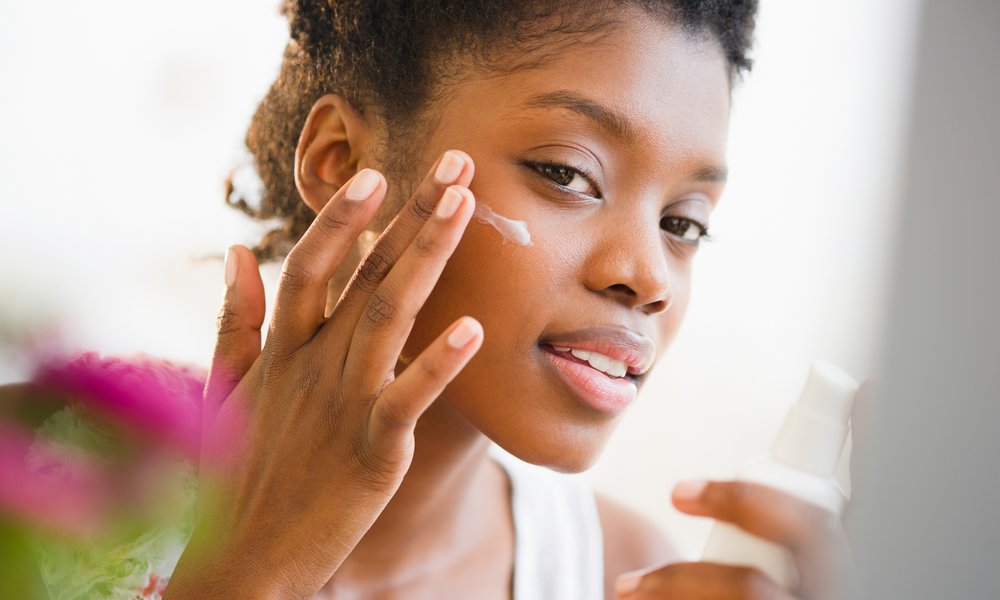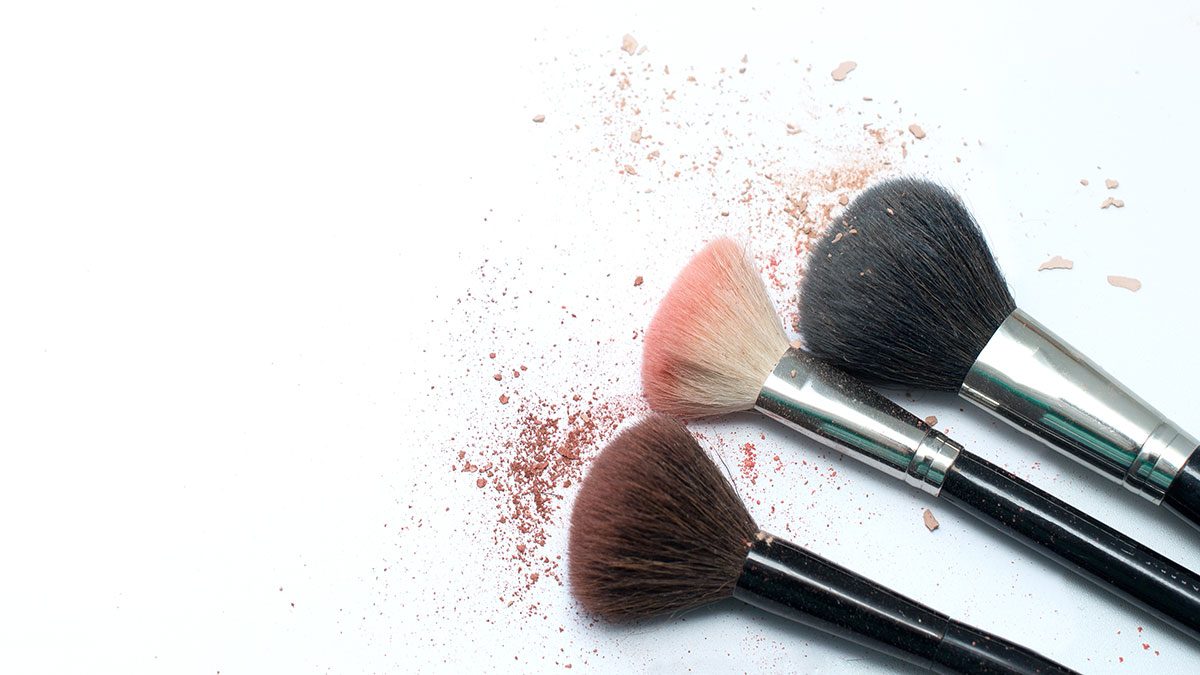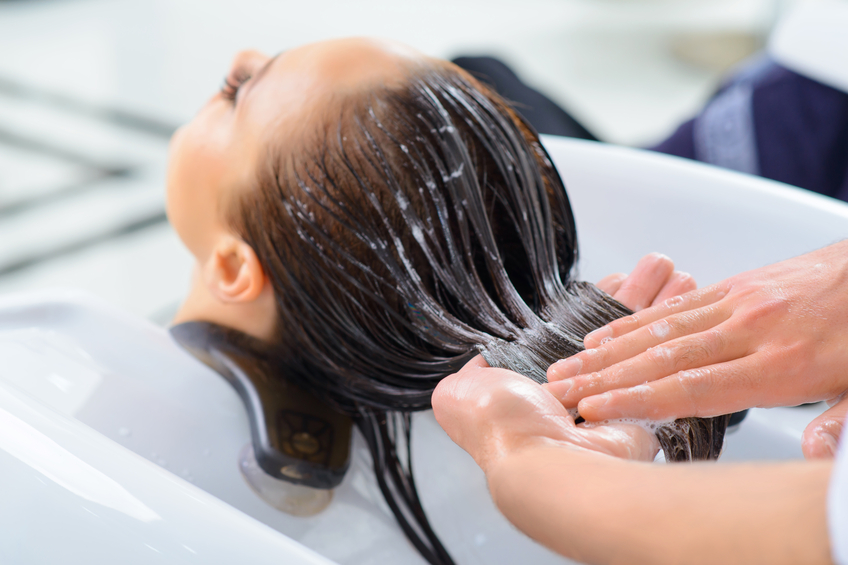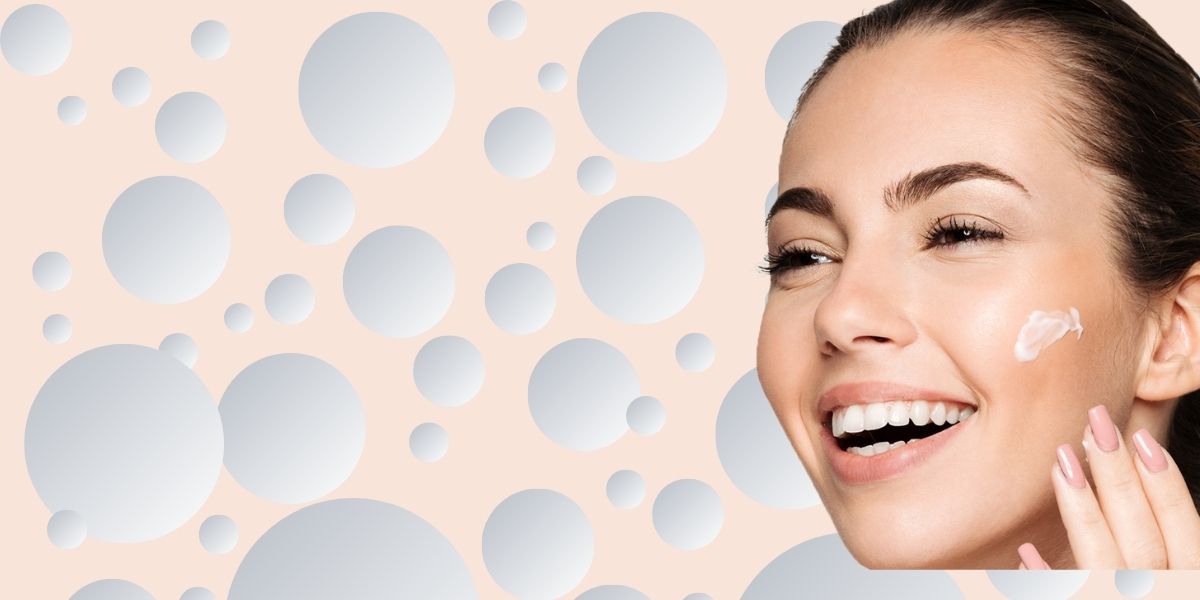Discover how to choose the best face primer for your skin type and makeup goals. Our guide covers everything from ingredients to testing options.
Choosing the right face primer can make a big difference in your makeup routine. It creates a smooth base, helps your makeup last longer, and can address specific skin concerns. With so many options available, finding the best primer for your skin type and needs can be overwhelming. This guide will help you understand what to look for in a face primer and how to choose the perfect one for you.
1. Understand Your Skin Type
The first step in choosing the right primer is understanding your skin type. Different primers cater to different needs. Here’s a quick rundown:
- Oily Skin: Look for a mattifying primer. It controls shine and reduces excess oil throughout the day.
- Dry Skin: Choose a hydrating primer. It adds moisture and helps smooth out dry patches.
- Combination Skin: Use a balancing primer. It handles both oily and dry areas.
- Sensitive Skin: Opt for a primer with calming ingredients. Avoid harsh chemicals and fragrances.
2. Consider Your Makeup Goals
Think about what you want your primer to do beyond just prepping your skin. Here are some common goals and the types of primers that work best for them:
- Smooth Texture: Silicone-based primers are great for filling in pores and creating a smooth surface. They make your foundation look flawless.
- Brighten Dull Skin: Primers with light-reflecting particles or a slight shimmer can give your complexion a radiant glow.
- Reduce Redness: Green-tinted primers can neutralize redness and even out your skin tone.
3. Check the Ingredients
The ingredients in a primer can impact how it works on your skin. Here are some key ingredients to look for:
- Hyaluronic Acid: Provides hydration and plumps the skin.
- Silicone: Smooths the skin and helps fill in fine lines and pores.
- Vitamin C: Brightens the complexion and adds a glow.
- Niacinamide: Reduces redness and evens out skin tone.
Be cautious of ingredients that may irritate your skin, especially if you have sensitive skin. Always do a patch test before using a new product.
4. Test the Texture and Finish
Primers come in various textures, including gels, creams, and liquids. Choose the texture that suits your preference:
- Gel Primers: Lightweight and great for oily skin.
- Cream Primers: Rich and hydrating, ideal for dry skin.
- Liquid Primers: Versatile and can be used for various skin types.
Also, consider the finish of the primer. Some offer a matte finish, while others provide a dewy glow. Select one that aligns with the look you want to achieve.
5. Try Before You Buy
Whenever possible, test the primer before purchasing. Many beauty stores offer samples or testers. Apply the primer to your skin and observe how it feels and performs. Check for any irritation or adverse reactions. Make sure it works well with your foundation and other makeup products.
Conclusion
Choosing the best face primer involves understanding your skin type, makeup goals, and preferred texture. By considering these factors, you can find a primer that enhances your makeup and addresses your unique needs. Don’t be afraid to test different options until you find the perfect match for your skin.




